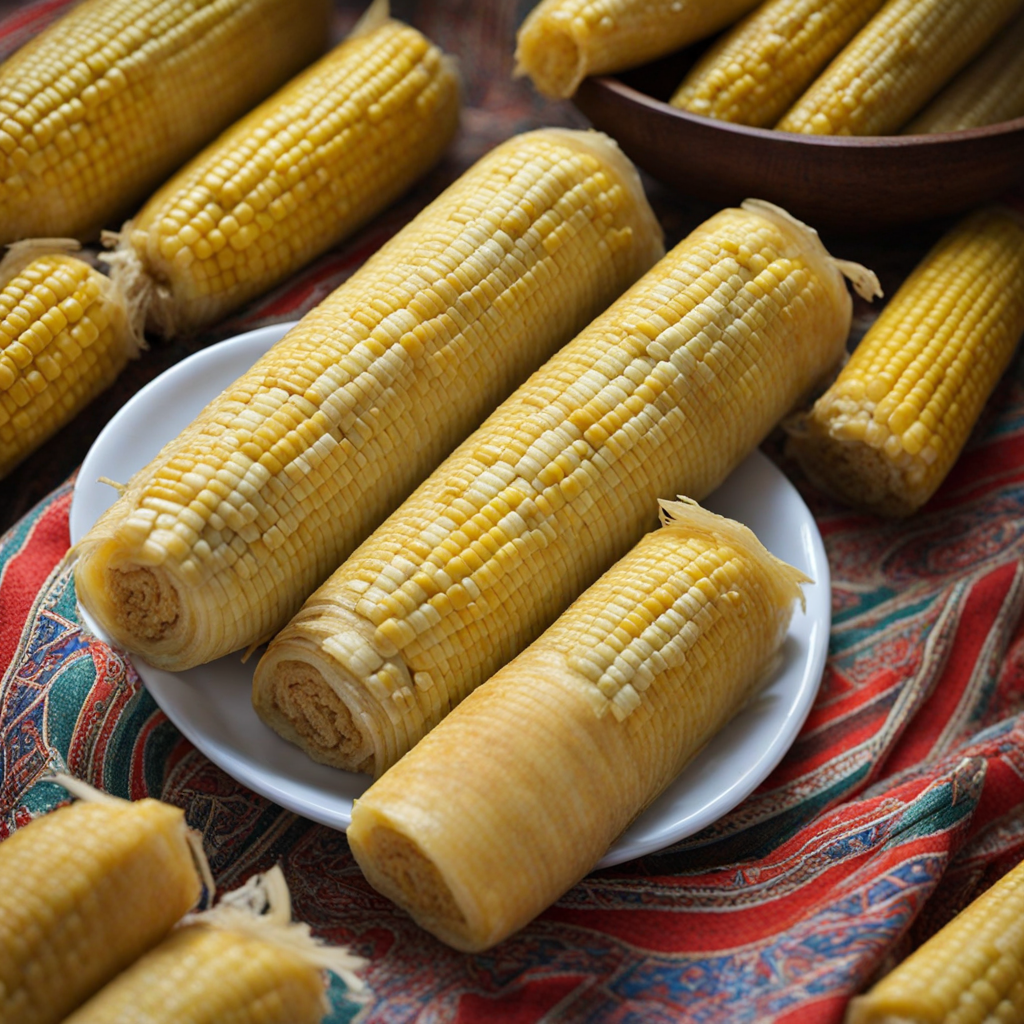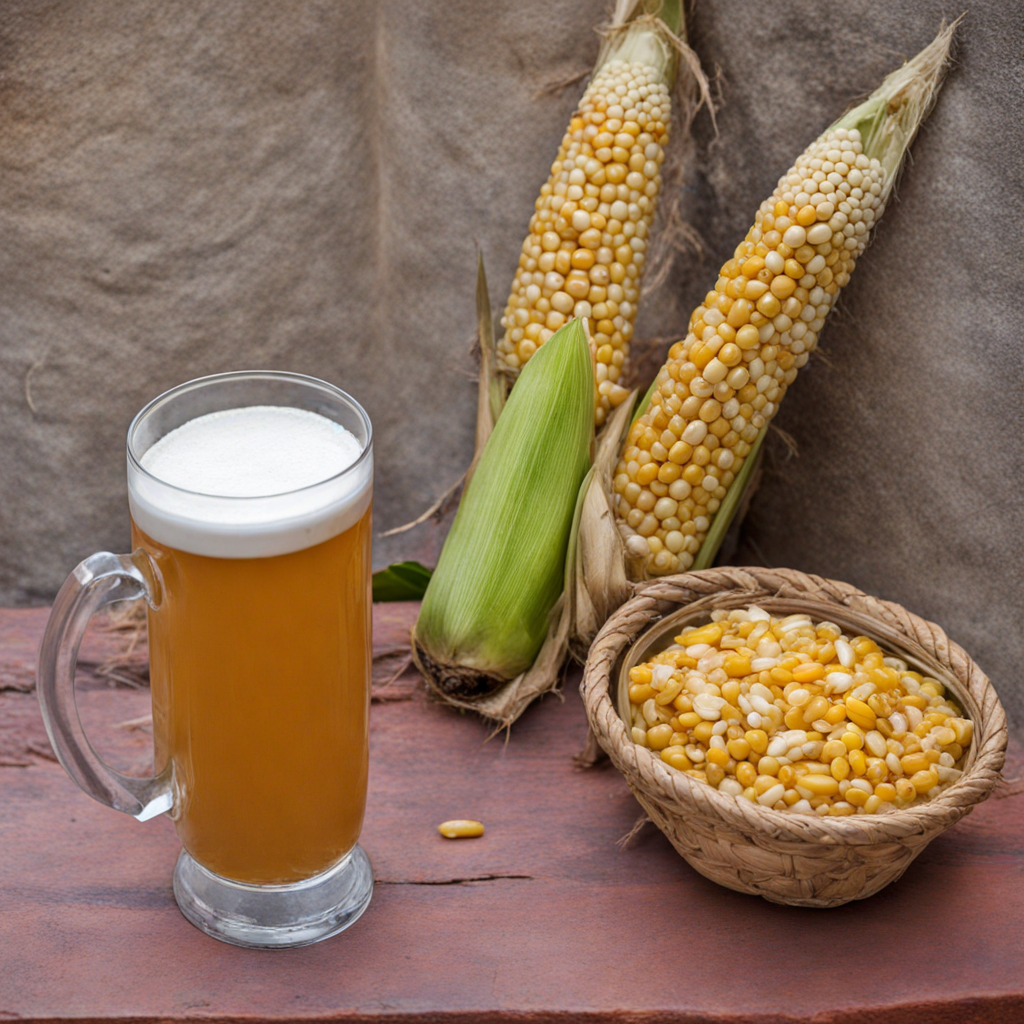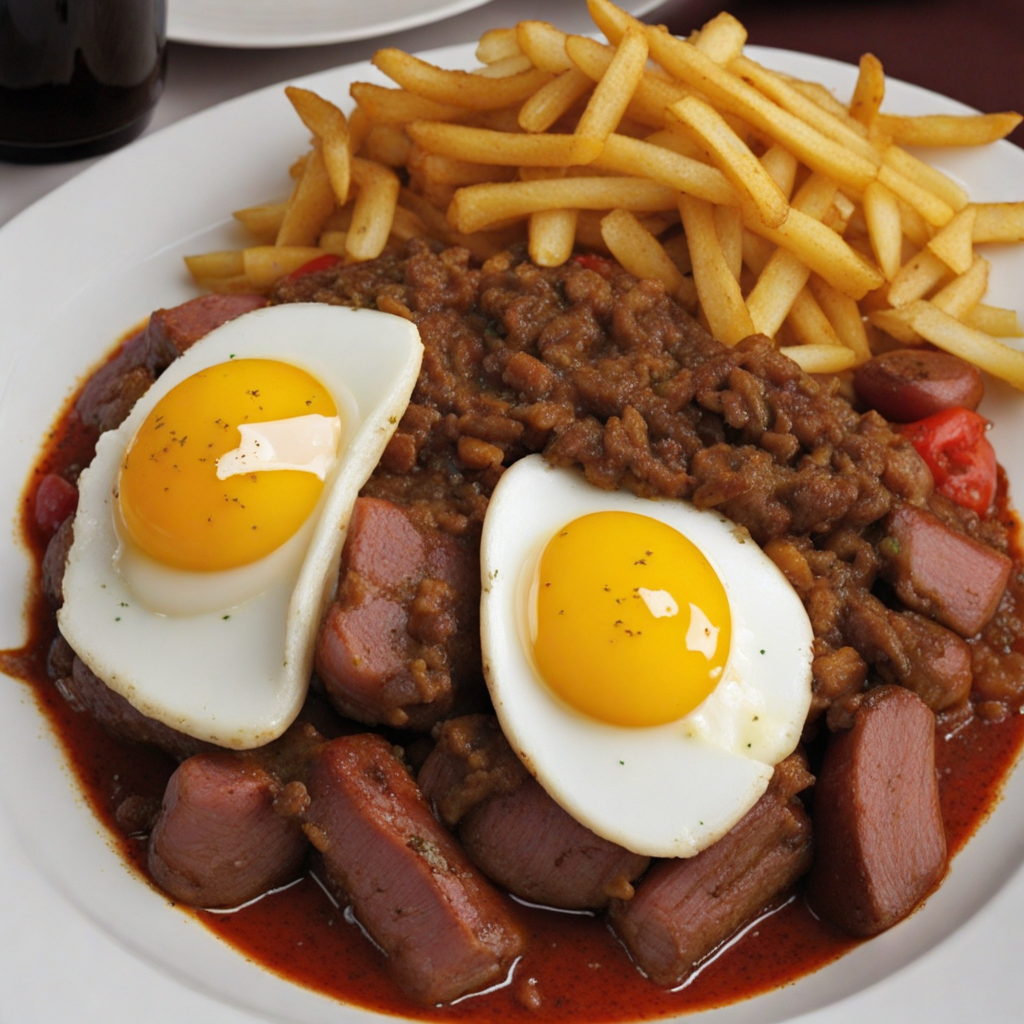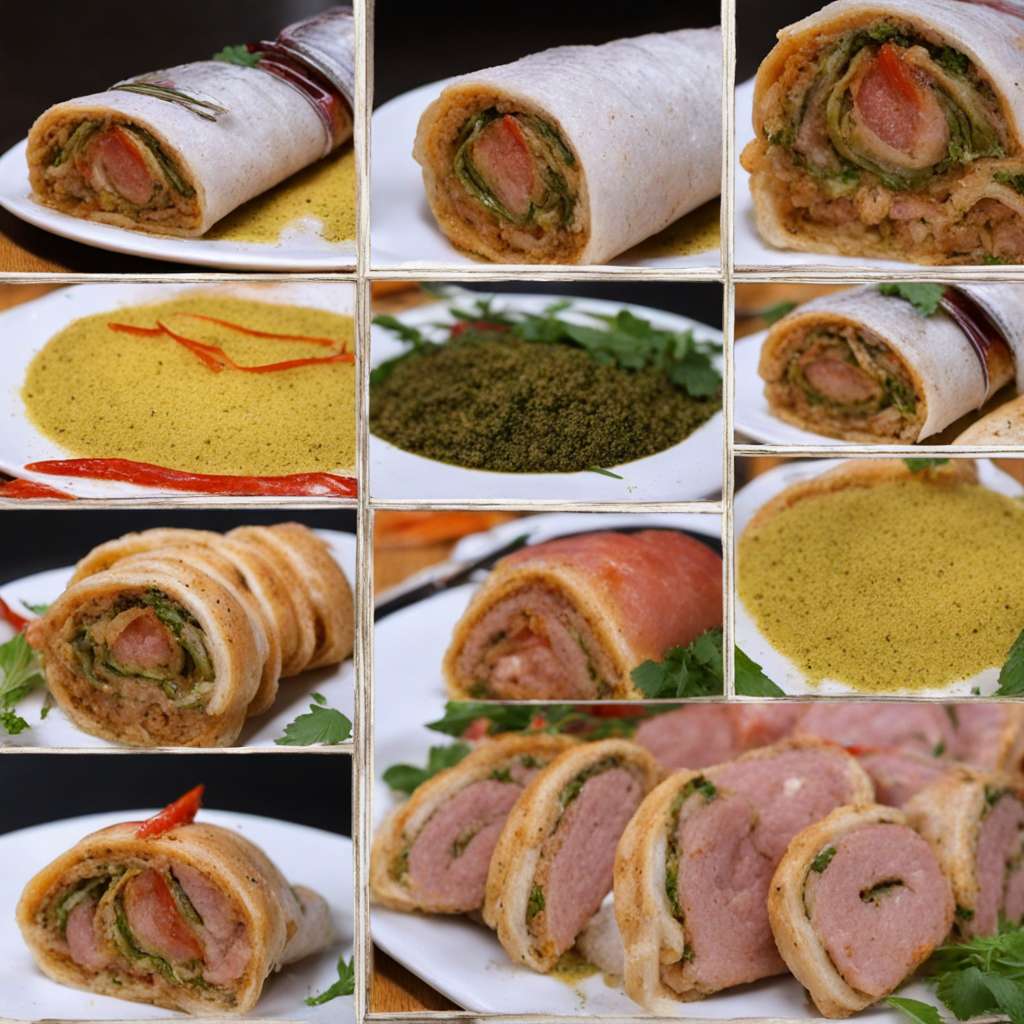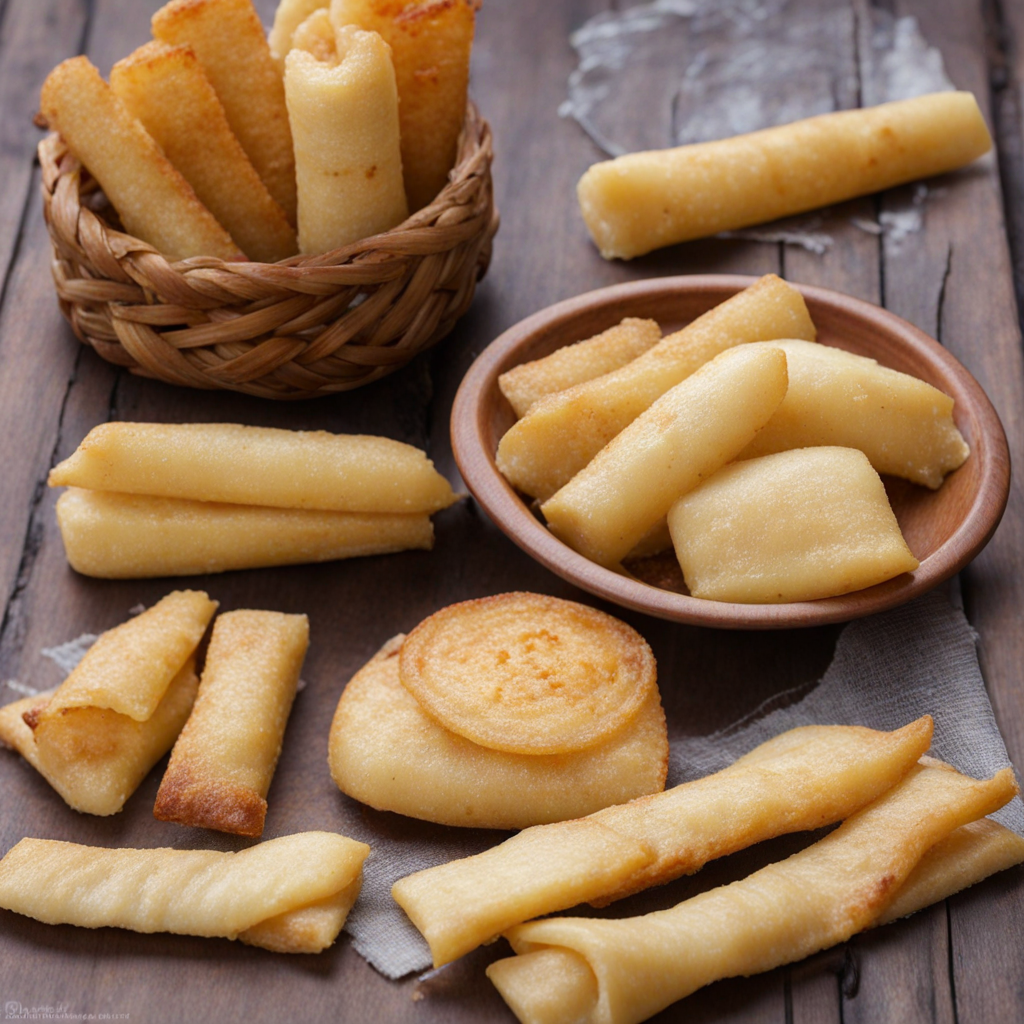Mut’i
Mut’i is a traditional Bolivian dish that showcases the rich culinary heritage of the Andes. This hearty meal typically consists of a base of quinoa or rice, which is then topped with a vibrant mix of seasonal vegetables, potatoes, and a protein source, often featuring chicken, beef, or lamb. The ingredients are often cooked together in a pot, allowing the flavors to meld beautifully, creating a comforting and nourishing dish. The use of local spices such as cumin and coriander enhances the overall flavor profile, making each bite a delightful experience that reflects the essence of Bolivian cooking.
How It Became This Dish
The Rich Tapestry of Mut’i: Bolivia’s Traditional Food Origin and Historical Background Mut’i, a traditional dish from Bolivia, is a quintessential representation of the country's rich cultural and culinary heritage. This dish is primarily associated with the Aymara and Quechua people, indigenous groups that have inhabited the Andean region for thousands of years. The origins of Mut’i can be traced back to the pre-Columbian era when the Andean civilizations, such as the Tiwanaku and Inca, cultivated diverse crops in the region’s challenging high-altitude terrain. The main ingredient of Mut’i is often a type of grain, typically quinoa or barley, which are staples in Andean diets. These grains have been cultivated since ancient times and hold significant nutritional value, providing sustenance in the harsh climates of the Andes. The preparation of Mut’i traditionally involves cooking the grains with various meats, often llama or alpaca, along with an array of local vegetables. Cultural Significance Mut’i is not just a dish; it embodies the fusion of history, culture, and community in Bolivia. It is often prepared during festive occasions, family gatherings, and religious ceremonies, symbolizing abundance and community spirit. The dish serves as a bridge between generations, where recipes and cooking techniques are passed down from elders to younger family members, ensuring that the cultural significance of food remains alive. In Aymara and Quechua traditions, the act of sharing food like Mut’i holds deep spiritual value. It is a means of fostering relationships, expressing gratitude, and showing respect for the earth and its bounty. The preparation of the dish often involves the collective efforts of family members, reinforcing communal bonds and shared identity. Moreover, the dish is typically flavored with local herbs and spices, such as ají (a type of chili pepper) and huacatay (black mint), which adds layers of flavor and reflects the biodiversity of Bolivia’s ecosystems. The use of indigenous ingredients not only enhances the taste but also connects the dish to the land, highlighting the relationship between the people and their environment. Development Over Time As Bolivia encountered various external influences through colonization and globalization, the preparation and presentation of Mut’i evolved while retaining its core essence. The Spanish colonizers brought new ingredients and cooking methods, which were gradually integrated into indigenous culinary practices. For example, the introduction of rice and potatoes to the Andean diet influenced the way Mut’i was prepared, leading to variations in the dish. In the 20th century, with the rise of urbanization and migration to cities, traditional dishes like Mut’i began to adapt to the changing lifestyles of Bolivians. Urban cooks started to experiment with the dish, incorporating modern cooking techniques, and sometimes substituting traditional ingredients with those more readily available in urban markets. Despite these changes, the essence of Mut’i remained intact, with its roots still firmly planted in indigenous traditions. In recent years, there has been a resurgence of interest in traditional Andean foods, driven by a broader movement toward sustainable eating and the appreciation of indigenous culinary practices. Chefs and food enthusiasts are rediscovering Mut’i, not only as a nostalgic dish but as a symbol of cultural pride. This renewed interest has also been aided by Bolivia’s growing reputation as a gastronomic destination, showcasing its unique ingredients and culinary techniques on international platforms. Modern Interpretations Today, Mut’i can be found in various forms across Bolivia, each region adding its unique twist to the dish. In some areas, it might be served as a hearty stew, while in others, it may be presented as a more refined plate with a focus on presentation. The use of modern gastronomic techniques has led to innovative renditions of the dish, where chefs experiment with plating, flavor pairing, and even fusion with international cuisines. Moreover, with the global movement toward organic and locally sourced foods, many Bolivian chefs are emphasizing the use of indigenous ingredients. This not only elevates the dish but also supports local farmers and the economy. As a result, Mut’i has become a canvas for culinary creativity, allowing chefs to express their identity while honoring their cultural heritage. Conclusion The journey of Mut’i from its ancient origins to its modern interpretations is a testament to the resilience and adaptability of Bolivian culinary traditions. This dish encapsulates the spirit of the Andean people, reflecting their history, culture, and connection to the land. As Bolivia continues to embrace its culinary roots while adapting to contemporary influences, Mut’i stands as a symbol of cultural pride and continuity, inviting future generations to explore and celebrate their rich gastronomic heritage. In a world that is rapidly changing, the significance of traditional foods like Mut’i cannot be overstated. They serve as a reminder of who we are, where we come from, and the shared values that bind us together. As we savor the flavors of this beloved Bolivian dish, we also partake in a story that spans centuries, weaving together the past, present, and future of a vibrant culture.
You may like
Discover local flavors from Bolivia


